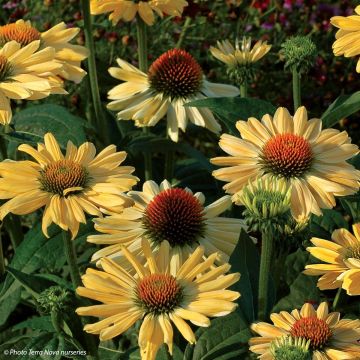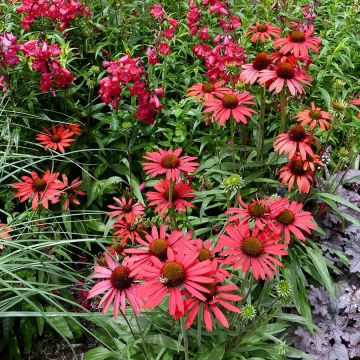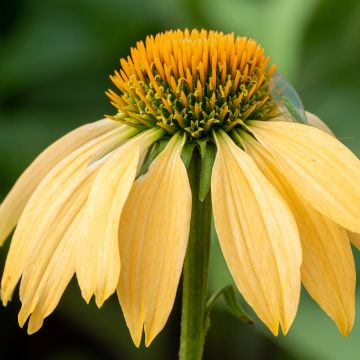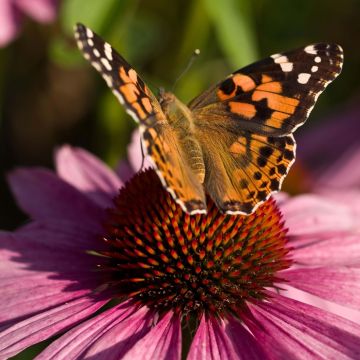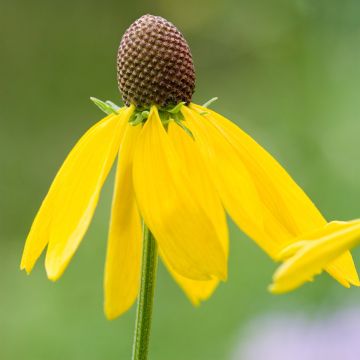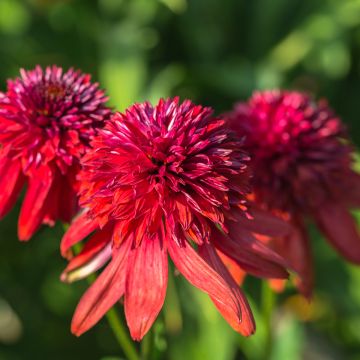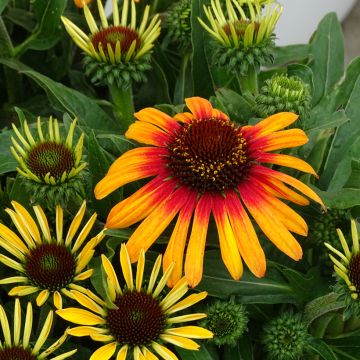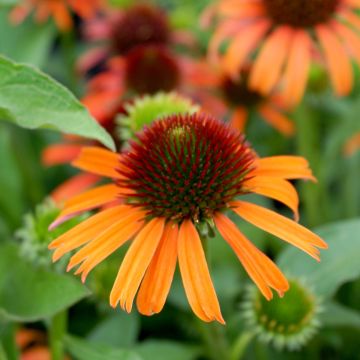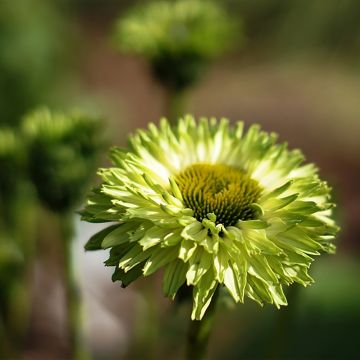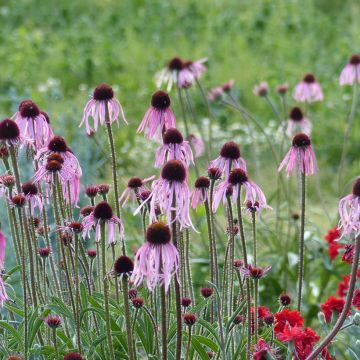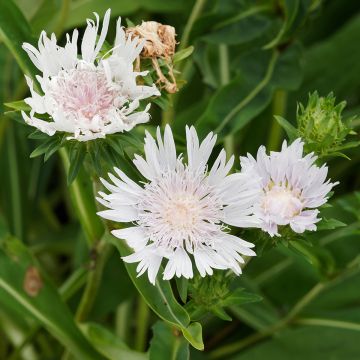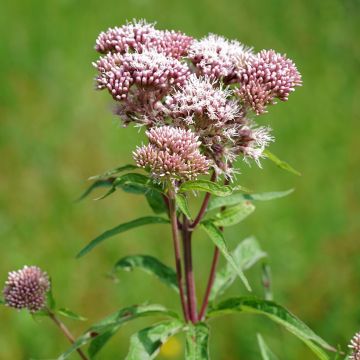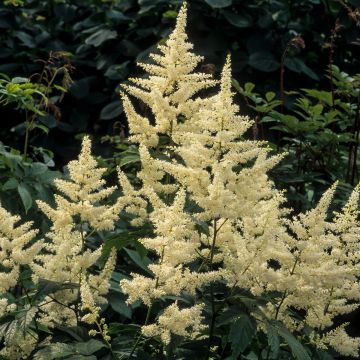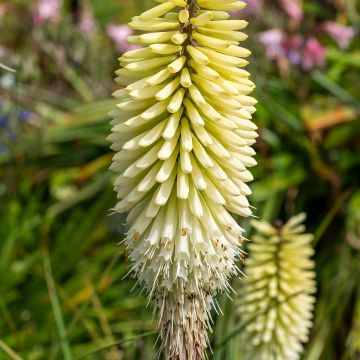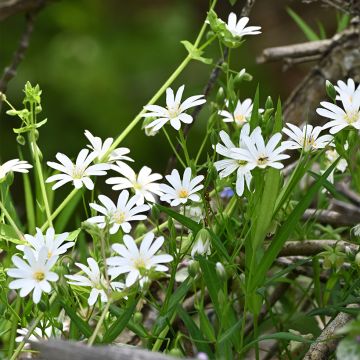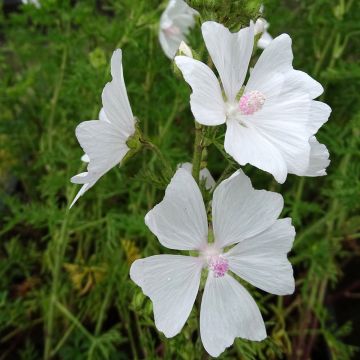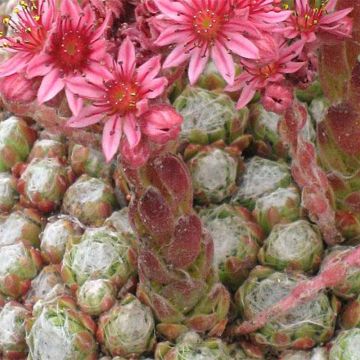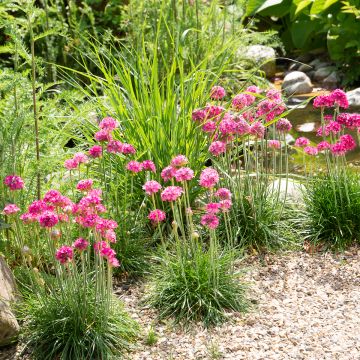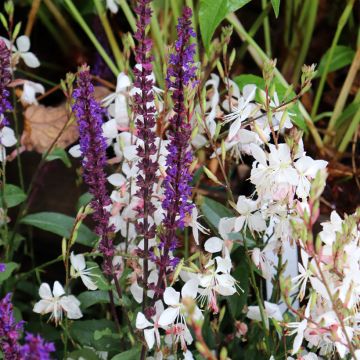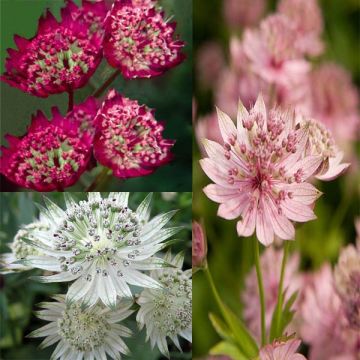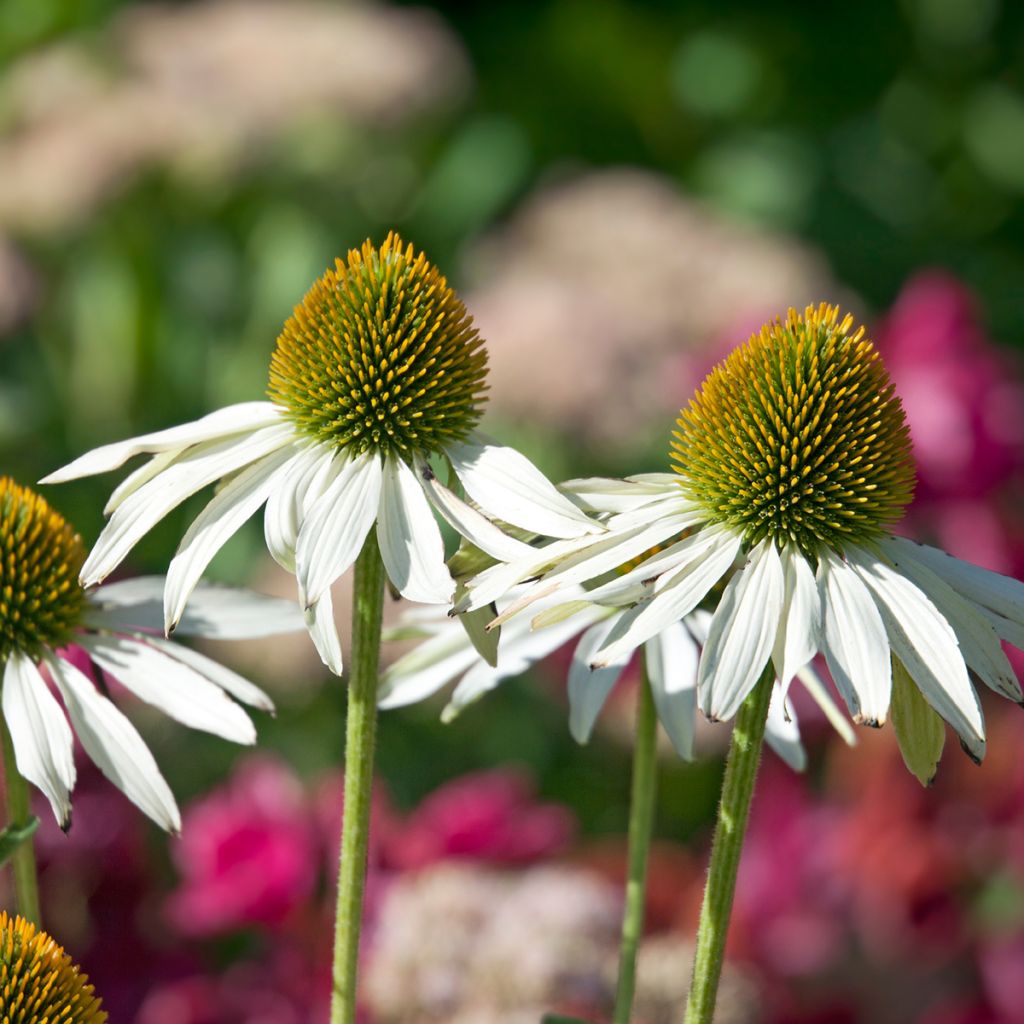

Echinacea purpurea Fragrant Angel - Purple Coneflower
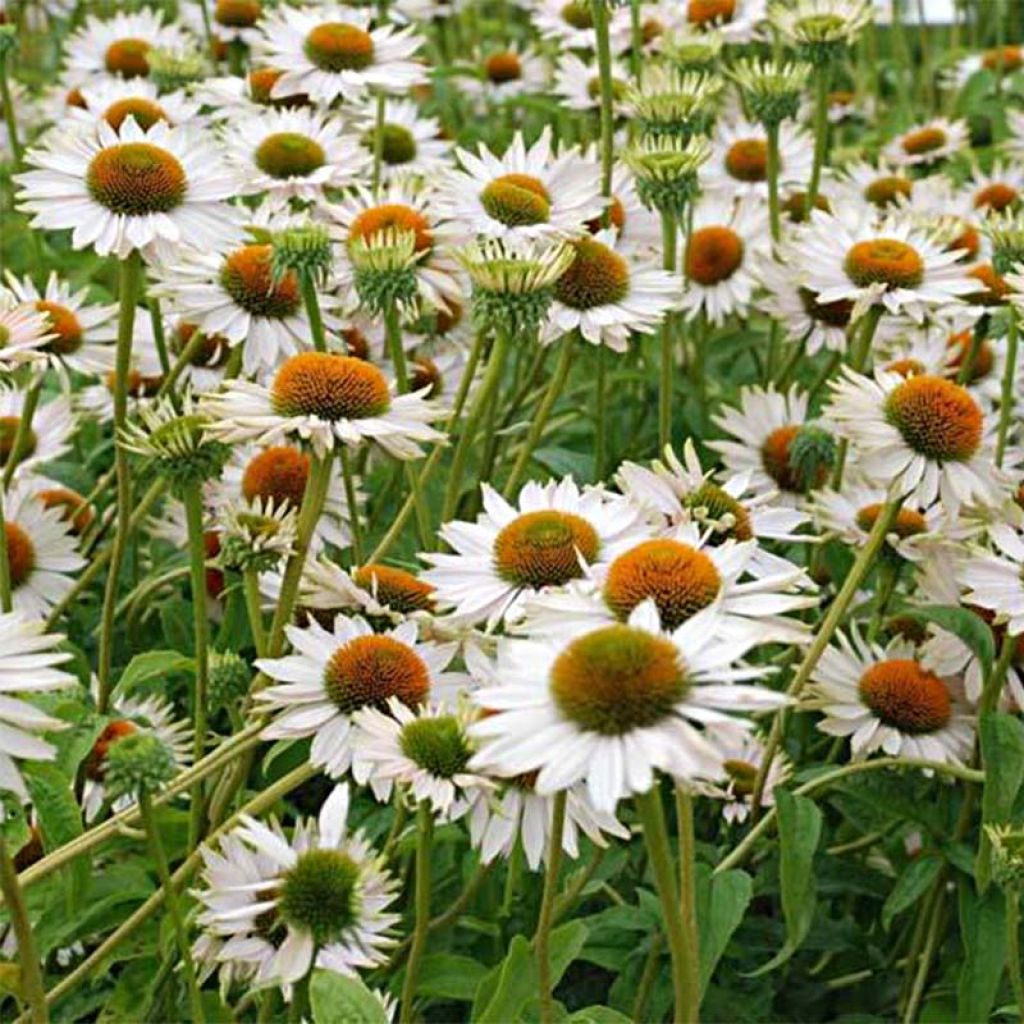

Echinacea purpurea Fragrant Angel - Purple Coneflower
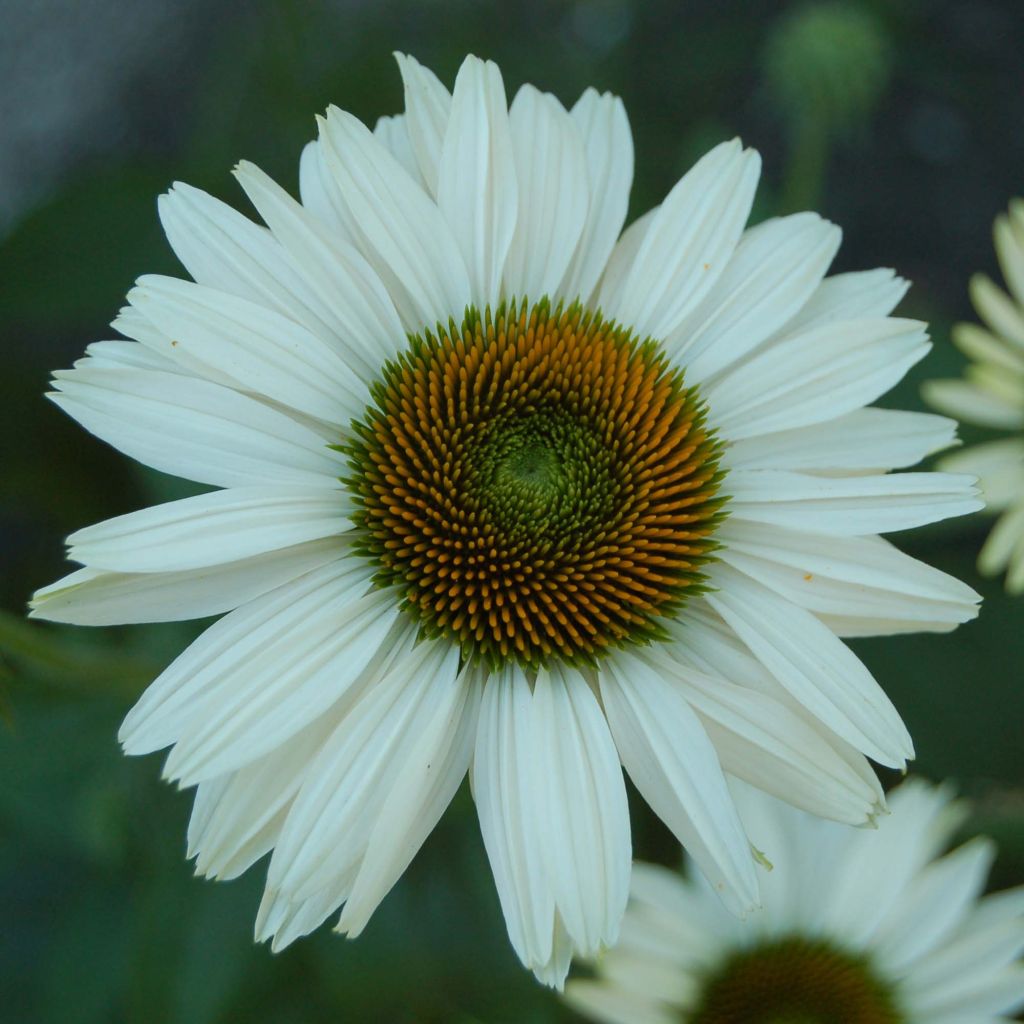

Echinacea purpurea Fragrant Angel - Purple Coneflower
Echinacea purpurea Fragrant Angel - Purple Coneflower
Echinacea purpurea Fragrant Angel
Purple Coneflower, Eastern Purple Coneflower
This item cannot be shipped to the selected country
Delivery charge from €5.90
More information
Schedule delivery date,
and select date in basket
This plant carries a 12 months recovery warranty
More information
We guarantee the quality of our plants for a full growing cycle, and will replace at our expense any plant that fails to recover under normal climatic and planting conditions.
From €5.90 for pickup delivery and €6.90 for home delivery
Express home delivery from €8.90.
Does this plant fit my garden?
Set up your Plantfit profile →
Description
Echinacea purpurea 'Fragrant Angel' is one of the first varieties of Echinacea purpurea with truly fragrant flowering. Its flowers of a rather exceptional size resemble those of daisies with their double white collar widely offered to the eye surrounding a prominent heart tinged with orange, bronze, and olive green. They bloom abundantly throughout the summer, on a vigorous and well-branched plant that generally does not require staking. It is also a very resistant perennial plant that adapts to difficult conditions, occasionally tolerating intense heat, humidity, and drought. Plant it in flower beds, borders, slightly wild areas of the garden, or in a meadow. Also create perfumed bouquets with its superb flowers!
Native to the western United States, from Georgia to Michigan through Oklahoma and Ohio, the Purple Coneflower is a perennial with a strong character, which does not resemble anything known, but confidently colonizes rocky prairies, savannas, clear understories, and road edges in its natural habitat.
'Fragrant Angel' is a recent selection of this intrepid pioneer. It has a dense and branching habit, reaching 80 to 90cm (32 to 35in) in height and 45-50cm (18-20in) in width. This plant does not weaken, does not collapse, showing good resistance to bad weather. The deciduous, opposite, lanceolate, and green leaves are covered in rough hairs. Flowering occurs from July to September, accompanying all the flowers of summer; it is very visited by butterflies. The branching, olive-green stems are topped with solitary heads measuring 10 to 12cm (4 to 5in) in diameter, with a large and prominent central disc, initially olive green then orange to bronze or brown, and numerous pure white, almost horizontal ligules. The fruit is an achene releasing seeds that birds are fond of. This plant anchors itself firmly and deeply in the soil, with its well-developed root system.
'Fragrant Angel' Echinacea, with its incredible flowering, will find its place in all cottage-style flower beds, flowery meadows, or herb gardens. It blends well with yarrows, small daisies ('Engelina', 'Silver Princess'), thistles like Echinops or Eryngium. Lighten the scene by mixing it with Perovskia, Baptisia, some ornamental grasses like Stipa tenuifolia, Muhlenbergia capillaris, Pennisetum orientale 'Karley Rose'... Its association with Black-eyed Susans (Thunbergia alata) is surprising. Splendid in flower beds, the beautiful purple coneflower flowers are also very beautiful in fresh or dried flower arrangements.
Properties: In homeopathy, its root is used to fight against colds and to strengthen the immune system. These properties were already used by Native Americans. The name Echinacea comes from the Greek word echinos, which means "hedgehog-like" or "like a hedgehog," and acea for "having the shape of," alluding to the hearts of the flowers. Purpurea means "purple."
Report an error about the product description
Echinacea purpurea Fragrant Angel - Purple Coneflower in pictures
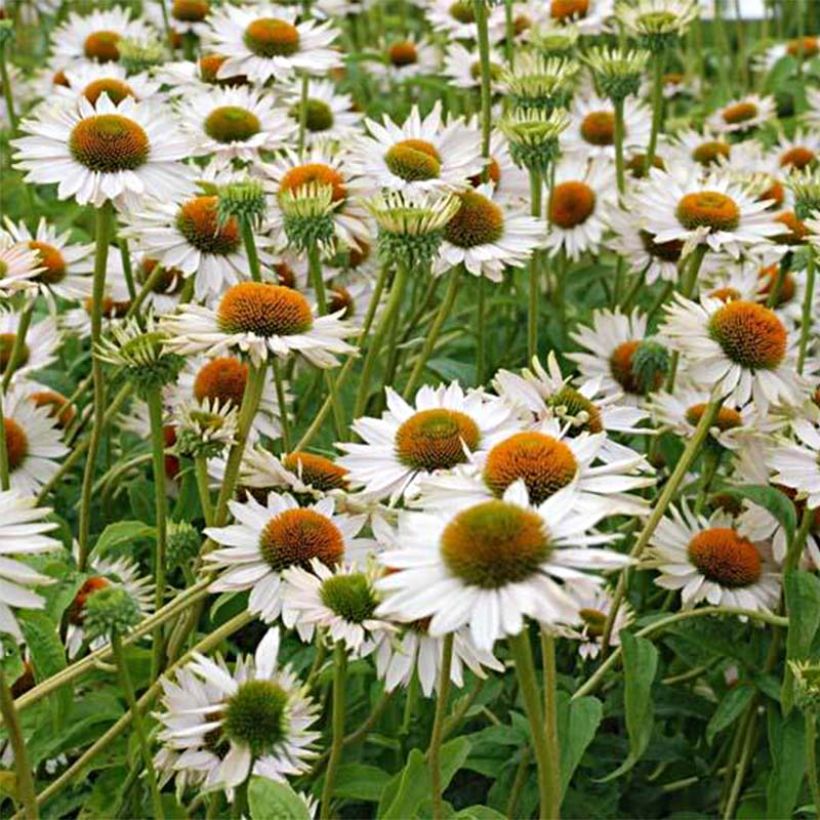

Flowering
Foliage
Plant habit
Botanical data
Echinacea
purpurea
Fragrant Angel
Asteraceae
Purple Coneflower, Eastern Purple Coneflower
Cultivar or hybrid
Other Echinacea - Coneflower
Planting and care
Planting period
Intended location
Care
-
, onOrder confirmed
Reply from on Promesse de fleurs
Summer flowering perennials
Haven't found what you were looking for?
Hardiness is the lowest winter temperature a plant can endure without suffering serious damage or even dying. However, hardiness is affected by location (a sheltered area, such as a patio), protection (winter cover) and soil type (hardiness is improved by well-drained soil).

Photo Sharing Terms & Conditions
In order to encourage gardeners to interact and share their experiences, Promesse de fleurs offers various media enabling content to be uploaded onto its Site - in particular via the ‘Photo sharing’ module.
The User agrees to refrain from:
- Posting any content that is illegal, prejudicial, insulting, racist, inciteful to hatred, revisionist, contrary to public decency, that infringes on privacy or on the privacy rights of third parties, in particular the publicity rights of persons and goods, intellectual property rights, or the right to privacy.
- Submitting content on behalf of a third party;
- Impersonate the identity of a third party and/or publish any personal information about a third party;
In general, the User undertakes to refrain from any unethical behaviour.
All Content (in particular text, comments, files, images, photos, videos, creative works, etc.), which may be subject to property or intellectual property rights, image or other private rights, shall remain the property of the User, subject to the limited rights granted by the terms of the licence granted by Promesse de fleurs as stated below. Users are at liberty to publish or not to publish such Content on the Site, notably via the ‘Photo Sharing’ facility, and accept that this Content shall be made public and freely accessible, notably on the Internet.
Users further acknowledge, undertake to have ,and guarantee that they hold all necessary rights and permissions to publish such material on the Site, in particular with regard to the legislation in force pertaining to any privacy, property, intellectual property, image, or contractual rights, or rights of any other nature. By publishing such Content on the Site, Users acknowledge accepting full liability as publishers of the Content within the meaning of the law, and grant Promesse de fleurs, free of charge, an inclusive, worldwide licence for the said Content for the entire duration of its publication, including all reproduction, representation, up/downloading, displaying, performing, transmission, and storage rights.
Users also grant permission for their name to be linked to the Content and accept that this link may not always be made available.
By engaging in posting material, Users consent to their Content becoming automatically accessible on the Internet, in particular on other sites and/or blogs and/or web pages of the Promesse de fleurs site, including in particular social pages and the Promesse de fleurs catalogue.
Users may secure the removal of entrusted content free of charge by issuing a simple request via our contact form.
The flowering period indicated on our website applies to countries and regions located in USDA zone 8 (France, the United Kingdom, Ireland, the Netherlands, etc.)
It will vary according to where you live:
- In zones 9 to 10 (Italy, Spain, Greece, etc.), flowering will occur about 2 to 4 weeks earlier.
- In zones 6 to 7 (Germany, Poland, Slovenia, and lower mountainous regions), flowering will be delayed by 2 to 3 weeks.
- In zone 5 (Central Europe, Scandinavia), blooming will be delayed by 3 to 5 weeks.
In temperate climates, pruning of spring-flowering shrubs (forsythia, spireas, etc.) should be done just after flowering.
Pruning of summer-flowering shrubs (Indian Lilac, Perovskia, etc.) can be done in winter or spring.
In cold regions as well as with frost-sensitive plants, avoid pruning too early when severe frosts may still occur.
The planting period indicated on our website applies to countries and regions located in USDA zone 8 (France, United Kingdom, Ireland, Netherlands).
It will vary according to where you live:
- In Mediterranean zones (Marseille, Madrid, Milan, etc.), autumn and winter are the best planting periods.
- In continental zones (Strasbourg, Munich, Vienna, etc.), delay planting by 2 to 3 weeks in spring and bring it forward by 2 to 4 weeks in autumn.
- In mountainous regions (the Alps, Pyrenees, Carpathians, etc.), it is best to plant in late spring (May-June) or late summer (August-September).
The harvesting period indicated on our website applies to countries and regions in USDA zone 8 (France, England, Ireland, the Netherlands).
In colder areas (Scandinavia, Poland, Austria...) fruit and vegetable harvests are likely to be delayed by 3-4 weeks.
In warmer areas (Italy, Spain, Greece, etc.), harvesting will probably take place earlier, depending on weather conditions.
The sowing periods indicated on our website apply to countries and regions within USDA Zone 8 (France, UK, Ireland, Netherlands).
In colder areas (Scandinavia, Poland, Austria...), delay any outdoor sowing by 3-4 weeks, or sow under glass.
In warmer climes (Italy, Spain, Greece, etc.), bring outdoor sowing forward by a few weeks.

































